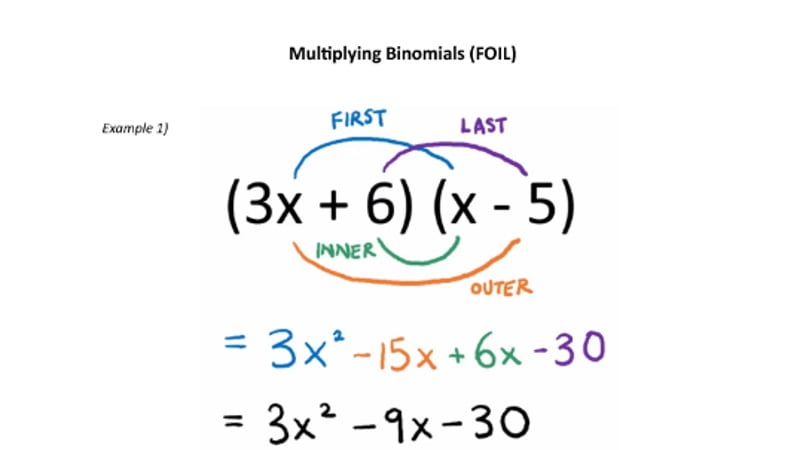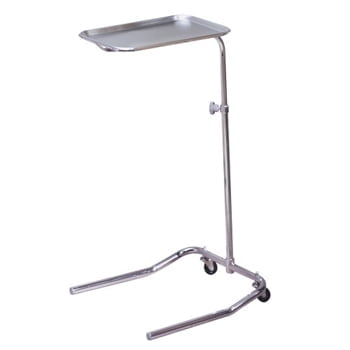
Nearly 40 percent of the biggest U.S. banks surveyed order transactions in a way that leads to increased overdrafts, according to a new report by the Pew Charitable Trusts.
Pew analyzed 44 of the 50 biggest U.S. banks and found that 18 of them process debit transactions — purchases, payments and withdrawals — in order from the highest amount to the lowest. Instead of processing transactions in the order that your bank receives them, banks can choose to process the biggest first, which brings your account balance down more quickly. This can lead to more overdraft fees.
Underhanded Overdraft Practices?
Transaction Posting Order Varies
Most banks process your day’s transactions, including withdrawals and deposits, at closing each weekday. Some transactions, like checks or online bill payments, can take multiple days to clear, so those are not processed the day you make them.
The exact order that banks process transactions varies, but here’s an example of how reordering by largest to smallest amount can work. Let’s say your checking account has a balance of $1,000. If you paid a $100 energy bill on Monday and then a $1,100 mortgage payment on Tuesday, and they clear toward the end of the same day at your bank, your mortgage payment will get posted to your account first. This would bring your account below zero and trigger an overdraft fee. Then the energy bill hits, and you’d receive a second overdraft fee.
If your bank processed transactions by smallest first or in the order that the bills were paid, you’d only pay an overdraft fee for the mortgage payment.
If you make a series of small purchases during that same day that your account goes negative, it leads to more overdraft fees. The median overdraft coverage fee is $35 among these big banks, according to Pew.
“Banks use a variety of methods to process and post checks,” says Virginia O’Neill, senior vice president of the American Bankers Association’s Center for Regulatory Compliance. “For some customers, paying the largest transactions first may be preferred because it ensures that important payments like mortgage, rent or utility bills will be paid.”
But paying the largest first also means you might overdraft sooner, depending on that day’s transactions.
“Transaction reordering from high to low is a practice that harms consumers, and regulators really need to ban it,” says Joy Hackenbracht, research officer on the consumer banking project at Pew. The nonprofit research group in Washington, D.C., has advocated for better consumer protections on prepaid debit cards for many years.
Other Overdraft Practices
Almost 80 percent of the banks permit overdrafts on ATM and debit card point-of-sale transactions, according to the study. The use of debit cards in particular triggers overdrafts from the smallest median transaction value — $24 — of any debit transaction, according to a 2014 report from the Consumer Financial Protection Bureau. Other debit transactions that lead to overdraft fees, such as Automated Clearing House transactions, checks and ATM transactions, have median values of $76 and up. These don’t lead to overdrafts nearly as often as debit card use does.
The report also showed that 52 percent of the 44 banks studied charge extended overdraft fees, which hit consumers who keep their account balances negative for a specified number of days. The median amount per fee is $20.
About 18 percent of bank consumers pay the majority of overdraft fees, and nearly 70 percent of “heavy overdrafters” make less than $50,000 a year, according to a study from Pew earlier this year.
How You Can Avoid Overdraft Fees
There are steps you can take to prevent overdraft fees from hitting your account.
1. Keep enough money in your checking account for unexpected costs. Overdrafts only occur when your account balance drops below zero, so maintain a buffer amount for those times each month when you pay the most bills or make other transactions.
2. Opt out of overdraft coverage. Overdraft coverage lets your bank cover transactions that would go negative and otherwise be declined — for a fee. Once you’re in the red, any further transactions will result in more fees until you pay off the negative amount. Your bank ultimately makes the choice to cover or reject an overdraft, but you have some say. You can exclude overdraft coverage for all one-time ATM and debit card transactions. Banks still can cover checks, ACH and recurring payments without asking for your permission.
3. Set up alerts for low account balances. Many banks let you customize alerts for when your balance drops to a specific amount. This can help you know when you need to transfer more money to your checking account.
“Even if you don’t think you’ll ever pay overdraft fees, take a few minutes to come up with a plan to avoid them in the future,” says Sean McQuay, NerdWallet’s credit and banking expert.
Republished by permission. Original here.
Overdraft Photo via Shutterstock












